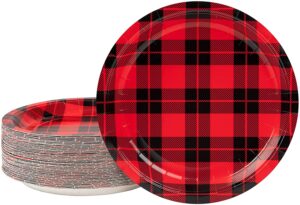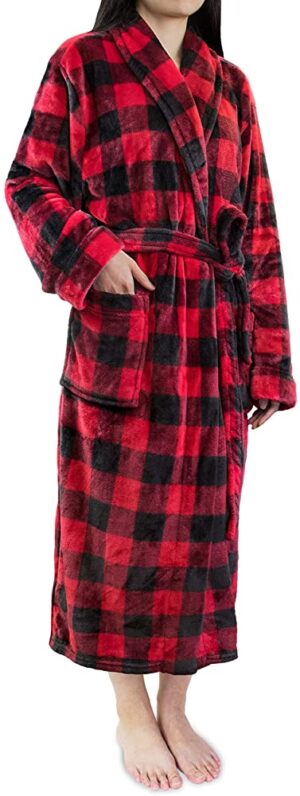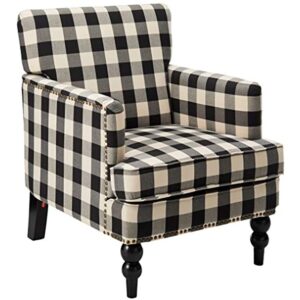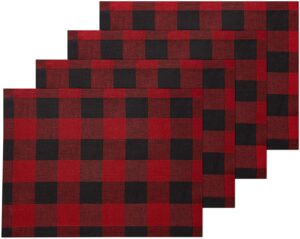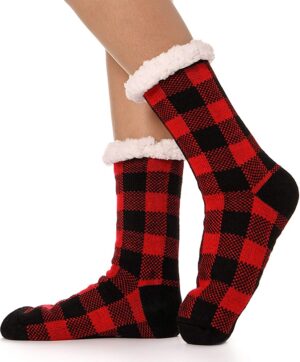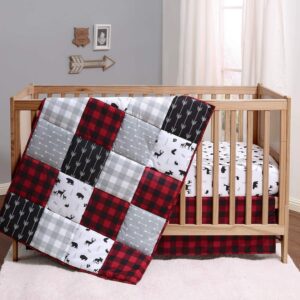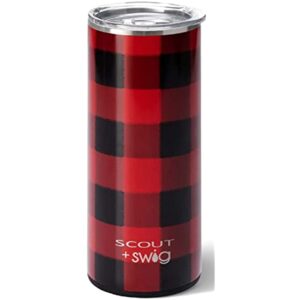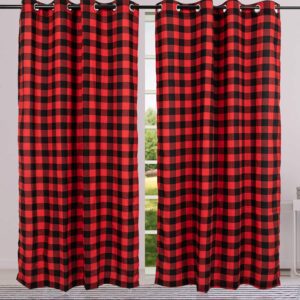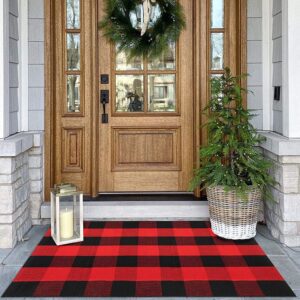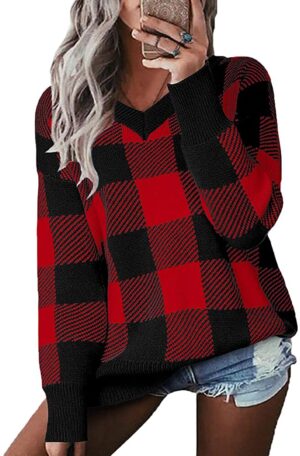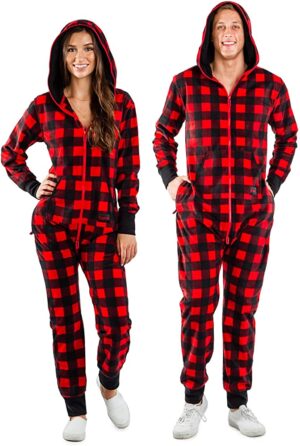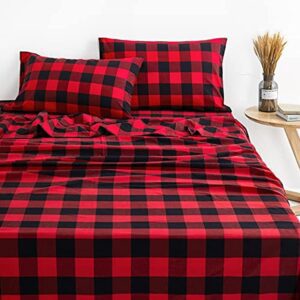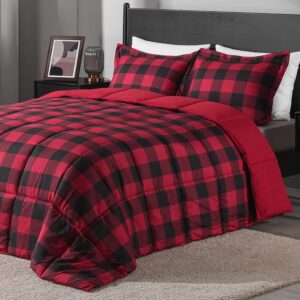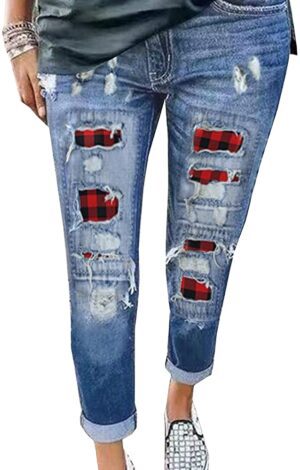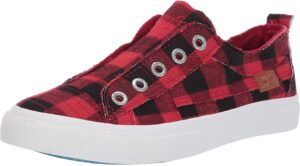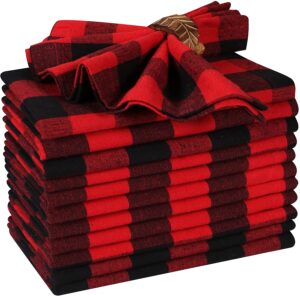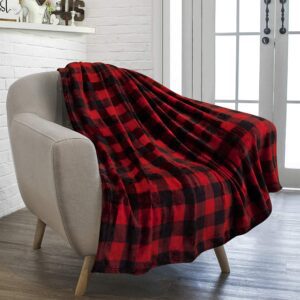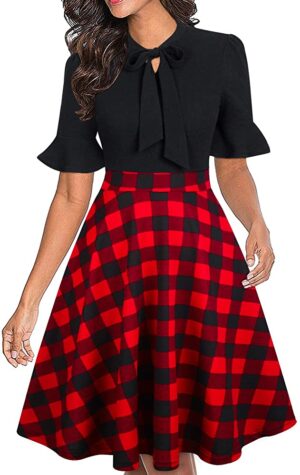Are you ready to take your quilting skills to the next level? In this article, you will discover the art of piecing a Quilt backing, a crucial step in creating a beautiful and durable quilt. Whether you’re a seasoned quilter or just starting out, mastering this technique will enable you to create stunning designs and add a personal touch to your quilting projects. So grab your fabric and sewing machine, and let’s dive into the world of quilt backing piecing together!

Understanding Quilt Backing
Quilt backing plays a vital role in the overall appearance and durability of your quilt. It serves as the foundation that holds your quilt top and batting together. Understanding the basics of quilt backing is crucial for creating a beautiful and long-lasting quilt.
Basics of quilt backing
Quilt backing refers to the piece of fabric that is used to cover the back of your quilt. It provides support and stability to your quilt top, ensuring that it remains intact and doesn’t come apart over time. The backing fabric typically comes in a larger size than the quilt top to accommodate for the quilting process.
Importance of quilt backing
The choice of quilt backing fabric can greatly impact the overall quality and longevity of your quilt. A well-chosen backing fabric will not only complement your quilt top but also provide the necessary strength and durability to withstand regular use and washing. Additionally, a properly sized and well-prepared backing fabric will prevent any puckering or unevenness in your quilt during the quilting process.
Choosing the Right Fabric
Selecting the right fabric for your quilt backing is crucial to achieving the desired look and functionality. There are a few factors to consider when choosing the fabric for your quilt backing.
Factors to consider when choosing fabric
The choice of fabric for your quilt backing should complement the theme or color scheme of your quilt top. It should also be durable, as quilts are often subjected to frequent use and washing. Consider the weight and weave of the fabric as well, as a heavier fabric may make the quilt too thick and difficult to manage during quilting.
Different types of fabrics suitable for backing
There are various types of fabrics that work well for quilt backing. Cotton is a popular choice due to its breathability, softness, and wide availability in a multitude of prints and colors. Flannel, with its cozy and warm feel, is another option suitable for winter quilts. Minky and fleece fabrics are perfect for adding an extra layer of warmth to your quilt backing. Whatever fabric you choose, make sure it coordinates well with your quilt top while providing the desired comfort and durability.
Determining the Size of Your Quilt Backing
To ensure a well-fitting and aesthetically pleasing quilt backing, you need to accurately measure your quilt and determine the correct size of your backing fabric.
How to measure your quilt for accurate backing size
Start by measuring the length and width of your quilt top. Add a few inches to both measurements to allow for any shrinkage or movement of the quilt top during the quilting process. The extra fabric will also provide room for securing the backing fabric to the quilt top during the final steps. Be sure to measure your quilt top at multiple points to account for any unevenness or variations in size. This will help you determine the maximum size of your quilt backing.
Reasons for ensuring correct sizing
Using the correct size of quilt backing is crucial for a successful quilting process. If the backing fabric is too small, it may result in puckering, pulling, or distortion of the quilt top during the quilting stage. On the other hand, if the backing fabric is too large, it may cause excess fabric and make quilting difficult. By ensuring accurate sizing, you can achieve a smooth and professional finish to your quilt.
Preparing the Fabric
Properly preparing the fabric for your quilt backing is essential to avoid any issues during the quilting process. Here are the tools and steps you need to follow for fabric preparation.
Tools needed for fabric preparation
Gather the following tools before you start preparing your fabric:
- Fabric shears or rotary cutter
- Cutting mat
- Iron and ironing board
- Pins or quilting clips
- Measuring tape or ruler
Steps to prepare your fabric for piecing
- Start by washing and ironing your fabric to remove any dirt, chemicals, or wrinkles. This step is crucial, especially if you’re using cotton fabric that may shrink slightly after washing.
- Lay your fabric on a clean and flat surface, such as a cutting mat, and smooth out any wrinkles.
- Using fabric shears or a rotary cutter, trim off any selvages from the edges of the fabric.
- If your backing fabric is wider than the required size, cut it down to the desired width, ensuring that you have enough length to cover your quilt top.
- Press your fabric using an iron to eliminate any remaining wrinkles and create a smooth surface for piecing.
Cutting Your Quilt Backing
Cutting the quilt backing fabric accurately is crucial to ensure a seamless and well-fitting result. Here’s the correct method for cutting your quilt backing fabric.
Correct method for cutting the backing fabric
- Lay your prepared backing fabric on a clean and flat surface. Ensure that it is free from wrinkles and positioned exactly how you want it to appear on the back of your quilt.
- Using fabric shears or a rotary cutter, cut along the edges of the fabric to create a clean and straight edge. Pay attention to maintaining the desired width and length according to your quilt measurements.
- If your quilt backing needs to be pieced, take the necessary measurements and cut additional pieces accordingly. Be sure to add a seam allowance to each piece if required.
- Label each piece if you have multiple sections of quilt backing fabric to ensure proper alignment during the piecing process.
Common mistakes to avoid while cutting
When cutting your quilt backing fabric, be mindful of the following common mistakes:
- Cutting the fabric with inaccurate measurements or not adding seam allowances for piecing.
- Using dull or improper cutting tools, resulting in uneven or jagged edges.
- Failing to properly align and match multiple pieces when piecing the quilt backing.
Piecing Your Quilt Backing
Piecing the quilt backing allows you to create larger quilt backings or incorporate multiple fabrics for added interest. Here are the techniques and procedures for piecing the backing fabric.
Techniques for piecing backing
There are different techniques to piece your quilt backing fabric, depending on the desired design or available fabric. You can choose between traditional piecing, where you sew smaller fabric pieces together using a straight stitch, or improvisational piecing, where you piece random shapes, sizes, and angles to create a unique design.
Procedure for piecing horizontally and vertically
To piece the backing fabric horizontally, follow these steps:
- Lay out your fabric pieces horizontally, matching up the edges that will be sewn together.
- Pin the fabric pieces together to secure the edges in place.
- Sew the pinned edges using a straight stitch, ensuring a consistent seam allowance throughout.
- Press the seam allowances open or towards one side, depending on your preference.
To piece the backing fabric vertically, follow these steps:
- Lay out your fabric pieces vertically, matching up the edges that will be sewn together.
- Pin the fabric pieces together to secure the edges in place.
- Sew the pinned edges using a straight stitch, ensuring a consistent seam allowance throughout.
- Press the seam allowances open or towards one side, depending on your preference.

Testing Your Quilt Backing
Before moving on to the quilting stage, it’s important to test your quilt backing to ensure that it has been pieced correctly. Here’s how you can determine if your backing is pieced correctly and what to do if you encounter any issues.
How to determine if your backing is pieced correctly
Lay your pieced quilt backing flat on a clean and smooth surface, ensuring that it is free from wrinkles or distortion. Look for any visible puckering or unevenness in the seams. Check that all seams are securely stitched and that the fabric is aligned properly. Run your hands over the fabric to feel for any bumps or inconsistencies.
Solutions for common piecing issues
If you discover any issues with your quilt backing, such as puckered seams or misaligned fabric pieces, there are several solutions you can try. First, consider using a larger seam allowance or adjusting the tension on your sewing machine to achieve a smoother result. If the issue persists, you may need to re-trim, re-align, and re-sew the fabric pieces. Remember to press the seams open or to one side after making any adjustments for a polished finish.
Basting the Quilt
Basting is a crucial step in the quilting process that involves temporarily securing the quilt layers together before quilting. Properly basting your quilt will prevent shifting or puckering of the layers during quilting.
Understanding basting in quilting
Basting involves attaching the quilt top, batting, and backing fabric together to create a stable sandwich-like structure. This can be done using various methods such as safety pins, basting spray, or hand-tying. Basting ensures that the layers don’t shift or wrinkle during the quilting process, allowing for smooth and even stitching.
How to baste your quilt after piecing the backing
To baste your quilt, follow these steps:
- Lay your quilt backing fabric on a large, flat surface, wrong side up, ensuring there are no wrinkles or distortions.
- Smooth out the quilt batting on top of the backing fabric, ensuring it is centered and aligned properly.
- Place the quilt top on the batting, right side up, making sure it is also centered and aligned correctly.
- Secure the layers together using your preferred basting method. If using safety pins, place them evenly throughout the quilt, ensuring that all layers are held together securely.
- Smooth out any wrinkles or puckers as you go along, ensuring a smooth, flat surface for quilting.

Quilting and Finishing Touches
Once your quilt is basted, it is ready for the quilting process. There are various quilting methods you can choose from, depending on your skill level and desired outcome.
Methods of quilting suitable for pieced backing
The choice of quilting method depends on factors such as the design of your quilt top, the size of your quilt, and your personal preference. Common quilting methods include hand quilting, machine quilting, and long-arm quilting. Select a method that enhances the overall design of your quilt while maintaining the integrity of the pieced backing.
Applying the finishing touches
After the quilting process, it’s time to apply the finishing touches to your quilt. Trim any excess batting and backing fabric, ensuring an even and clean edge. Create the binding by folding and sewing fabric strips around the raw edges of your quilt. Take the time to hand-sew the binding to the back of the quilt for a polished and professional finish.
Pro Tips and Tricks
Here are some helpful tips and common solutions to issues you may encounter while piecing your quilt backing:
Helpful tips for piecing quilt backing
- Always measure your quilt and backing fabric carefully to ensure a well-fitting result.
- Press your fabric before cutting and piecing to create a smooth surface.
- Pin or baste your quilt backing fabric together before sewing to ensure proper alignment.
- Use a consistent seam allowance and remember to backstitch at the beginning and end of each seam.
Common piecing issues and their solutions
- Puckering seams: Adjust your tension settings or try using a larger seam allowance.
- Misaligned fabric pieces: Re-trim the fabric and ensure proper alignment and pinning before sewing.
- Excess fabric or distortion: Smooth out wrinkles or puckers as you go along and adjust the fabric tension.
By following these pro tips and tricks, you’ll be well-equipped to piece your quilt backing accurately and achieve a professional-looking quilt. Remember to take your time, enjoy the process, and have fun experimenting with different fabrics and designs. Happy quilting!





